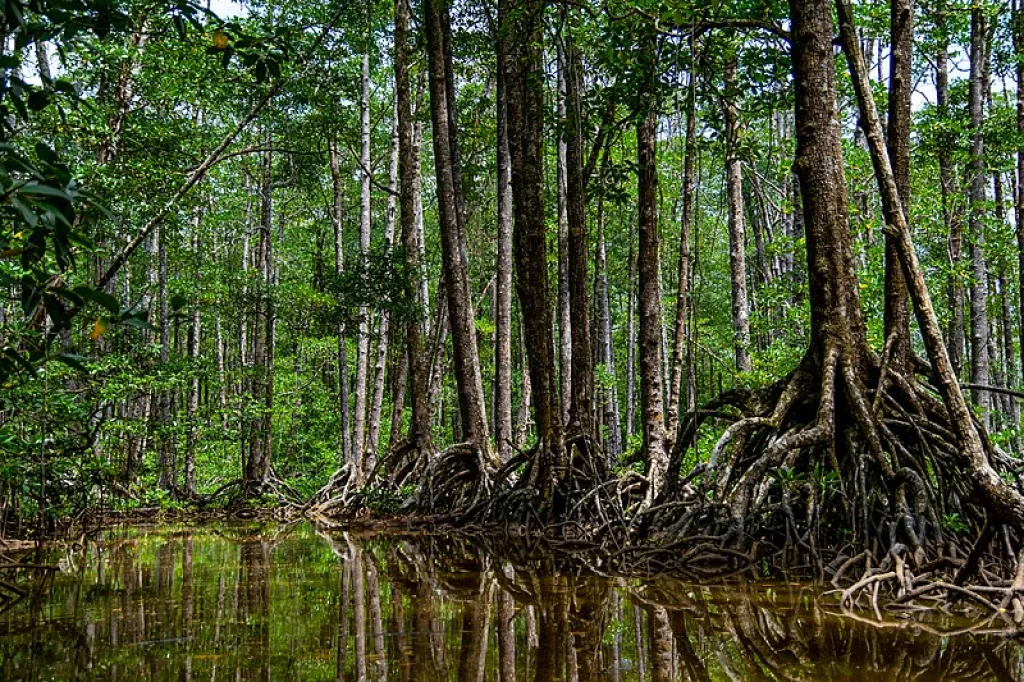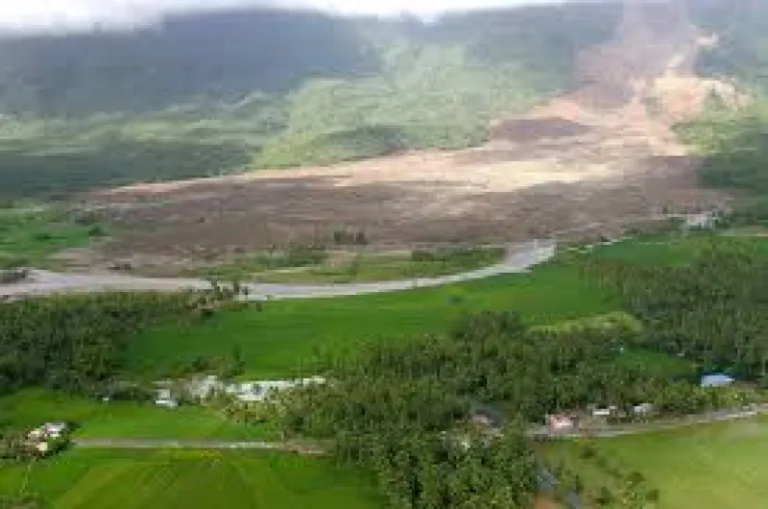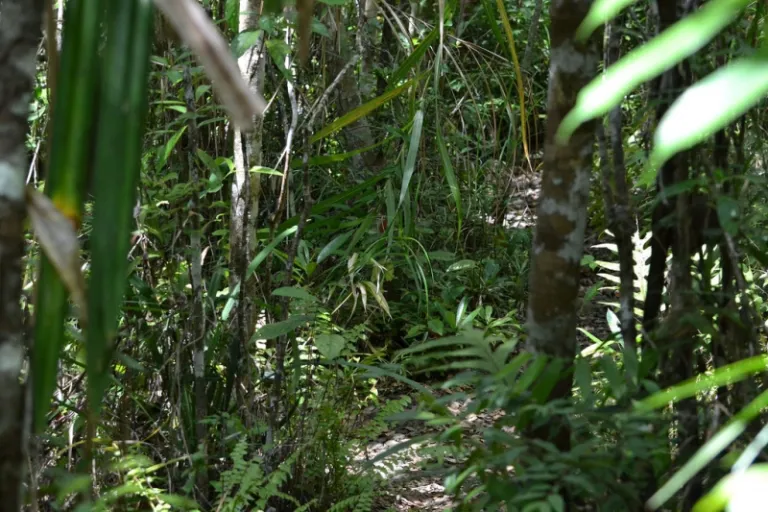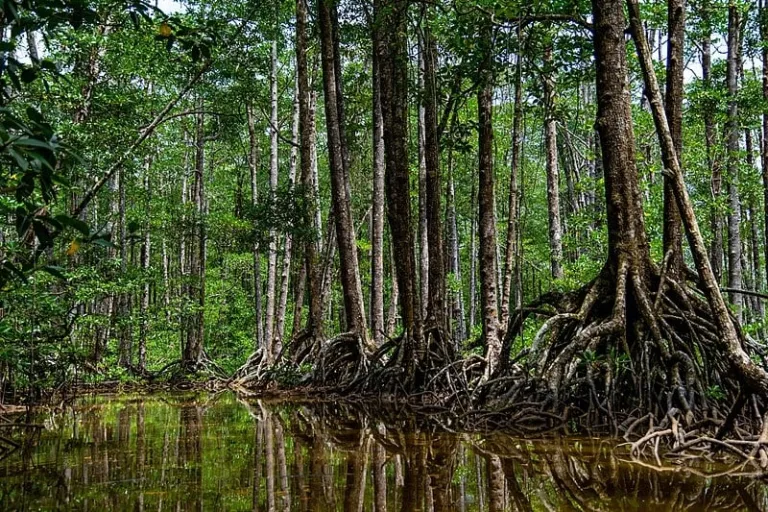Our favourite places to stay on this sleepy Cebu island.
Philippine Forests are Dying, Too — Here’s What True Travellers Need To Know

What does it mean when a report says that the Philippines is losing approximately 47,000 hectares of forest cover every year?
Most of us don’t really understand the word “hectare.” This is probably why we can’t grasp the urgency of this fact. Here’s a better visualization: 47,000 hectares is more than eight times the size of Baguio City. That’s also almost thrice the size of Quezon City. According to the Forest Management Bureau of the Department of Environment and Natural Resources, we’re losing that much forest cover every fleeting year.
The Philippines is largely dominated by tropical forests. In fact, a large number of its famed tourist destinations — including Palawan, Bohol, Cagayan, and Quezon — are mostly forest covers. In other words, Philippine forests are a gem to travellers. But, their benefits are more than meets the eye. Conversely, losing them has numerous dreadful effects on our country.
How does deforestation impact our country?
1. We’re losing vegetation
Home to a widely diverse set of flora, the Philippines has over 6,000 plant species thriving in its islands. Many of these are even indigenous to the area. Unfortunately, the forest land area of the Philippines is depleting.
2. We’re killing animals

Not only do forests provide lush and tranquil sceneries that make our country unique — they also serve as homes to a bountiful variety of native wildlife.
Following the depletion of their habitats, animals are now struggling to survive in our lands. Our country is home to hundreds of animals, including numerous endemic and endangered species of mammals and birds. Sad to say, more and more beautiful animals in our country are going extinct.
3. We’re running out of food
Our country is so rich with natural resources that it’s a pain to see our countrymen deprived of food. Coconuts, mangoes, and bananas flourish effortlessly in our forests. We may take them for granted, but foreigners will certainly remind us of how blessed we are with these sweet fruits. (Seriously, if you haven’t met a foreigner asking for fruits from the Philippines — I dare you to travel more.) Sadly, we allow big names to ruthlessly cut trees down to build establishments we need no more of.
4. We’re inviting natural calamities

Being a popular choice for natural disasters, the Philippines needs quite a lot of forest cover to shield itself against landslides and flooding. With this, not only are we risking our beautiful lands — we’re putting the lives of our people at stake as well.
Why are Philippine forests dying?

On surface level, there are several factors to blame for forest loss in the Philippines. Some, namely: illegal logging, mining operations, kaingin farming, and natural calamities. With this, it’s easy to blame man for the lack of accountability for our natural resources.
Arguably, these harmful operations stem from a deeper cause — desperation brought about by poverty. Travelling around the Philippines, I’ve witnessed good souls partaking questionable jobs, and this has led me to realise that people — some desperately so — need money to survive. And unfortunately, there are cases that these harmful operations are the only jobs they know to do.
The problem of the Philippine environment almost exists hand in and with the plight of its people suffering from poverty. Both are undoubtedly formidable issues that we, as lovers of comfort, habitually shy away from. Let’s be real: It’s easier to focus on personal travel goals than to think about the heavy social and environmental issues that we can obviously witness, especially as we travel.
What can travellers do?
Margaret Mead once said, “Never doubt that a small group of thoughtful, committed citizens can change the world. Indeed, it is the only thing that ever has.”
The truth is that our personal actions will never be enough to turn the tide of ecological degradation in the Philippines. And this reality is oftentimes overwhelming. But we shouldn’t allow overwhelm to prevent us from trying, anyway.
Conscious travelling is happening. In fact, it was the top travel trend last year, and it continues to be one to date. More and more people are refusing single-use plastics such as straws and plastic bags. More and more travellers are reassessing harmful travel opportunities, like riding an elephant or taking selfies with the great butanding.

As far as protecting forests, educating ourselves on the issues of our forests is a good start. Only we can properly assess what we can do for our country, because we know our strengths the best.
Conviction comes from awareness, and whether we choose to support locals that make a living out of sustainable practices or donate our hard-earned money to organisations that police against harmful and illegal operations, we’re all welcome to do the best we can.
Also read: Travelling Green: 10 Eco-Friendly Activities for Your Itinerary
Some people would argue that baby steps aren’t radical enough to change the nation. I say, personal conscious choices are enough to influence at least one other traveller. And if we’d agree with Margaret Mead, a great cultural anthropologist of her time, then that would be enough.
Published at
About Author
Danielle Uy
Subscribe our Newsletter
Get our weekly tips and travel news!
Recommended Articles
10 Bantayan Island Resorts, Hotels, and Rentals for Your Tropical Escape 10 Best Banawe Restaurants for a Mouthwatering Food Trip in QC The promise of new flavours beckons from Banawe.
10 Best Mountain Cafes in the Philippines for Your Peak Coffee Experience Coffee date on the mountains, anyone?
10 Commandments for Responsible Travel Flexing Spread the good word!
10 Family Outing Ideas in Metro Manila Under ₱500 Looking for a weekend bonding with the family under ₱500? Head to these places, pronto!
Latest Articles
Fly With Your Pet Guide: How to Use Philippine Airlines’ New FurPAL Service You can now travel with your pets on Philippine Airlines’ pet-friendly flights!
Japan to Block Visa Renewal for Foreigners With Unpaid Pensions and Health Insurance Japanese immigration insurance will use payment records as part of the stricter visa renewal process.
Dragon Treasure Castle Guide: A New Spot to Add to Your Baguio Itinerary This castle in Baguio looks straight out of Game of Thrones!
You May Get Flagged for a US Visa in 2025 If You Are a Filipino Transgender Traveller US Visa Guide for Trans
Bluey’s Coming to Manila in 2026! Here’s How to See the Stage Show and What You Need to Know See ticket details for Bluey's stage show in Manila!

